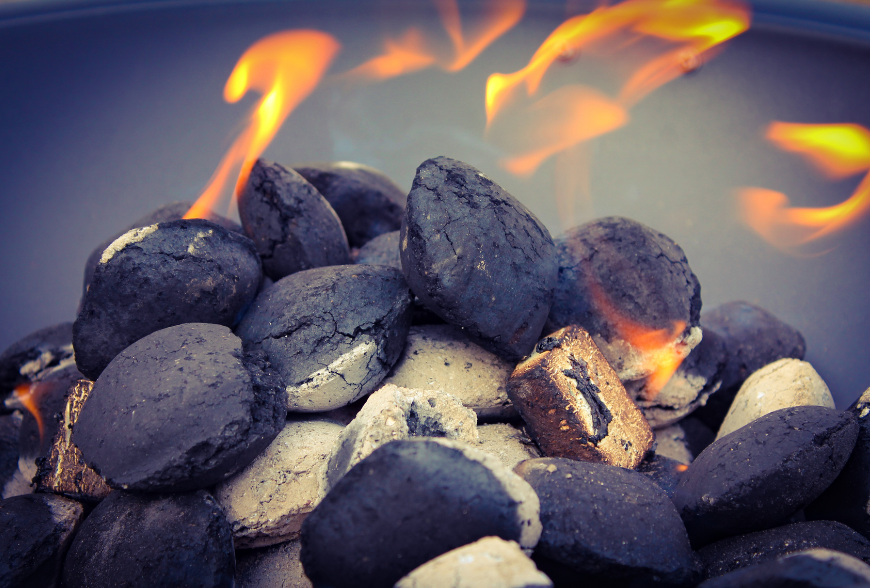- You have no items in your shopping cart
- Subtotal: ₹0.00

As we give more attention to life-cycle analysis of the things we buy, it becomes apparent that the journey that meat made to get to your refrigerator consumed staggering amounts of energy along the way. We can begin the cycle with growing the grain to feed the cattle, which requires a heavy input of petroleum- based agricultural chemicals. There’s the fuel required to transport the cattle to slaughter, and thence to market. Today, much of the world’s meat is hauled thousands of miles. And then, after being refrigerated, it has to be cooked.
It takes the equivalent of a gallon of gasoline to produce a pound of grain-fed beef in the United States. Some of the energy was used in the feedlot, or in transportation and cold storage, but most of it went to fertilizing the feed grain used to grow the modern steer or cow…. To provide the yearly average meat consumption of family of four requires over 260 gallons of fossil fuel.
—“Meat Equals War,” web-site of Earth Save, Humboldt, California
It takes, on average, 28 calories of fossil fuel energy to produce 1 calorie of meat protein for human consumption, [whereas] it takes only 3.3 calories of fossil- fuel energy to produce 1 calorie of protein from grain for human consumption.
—David Pimentel, Cornell University
The transition of world agriculture from food grain to feed grain represents a new form of human evil, with consequences possibly far greater and longer lasting than any past wrongdoing inflicted by men against their fellow human beings. Today, more than 70 percent of the grain produced in the United States is fed to livestock, much of it to cattle.
—Jeremy Rifkin, Los Angeles Times,
Feeding grain to animals is highly inefficient, and an absurd use of resources.
—Vaclav Smil, University of Manitoba



